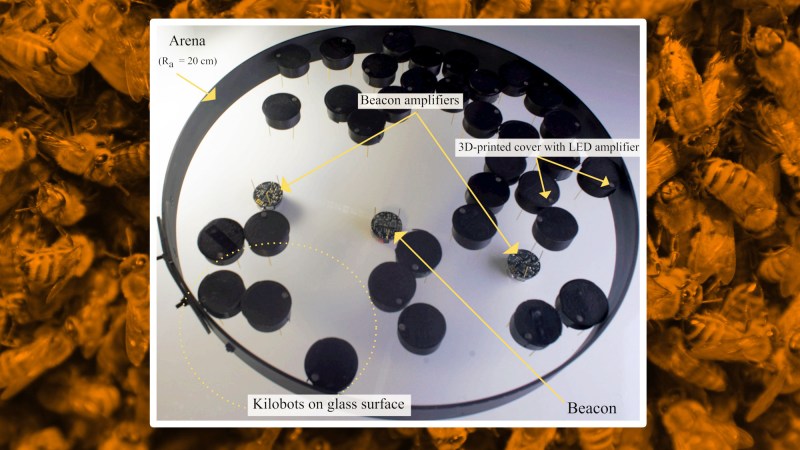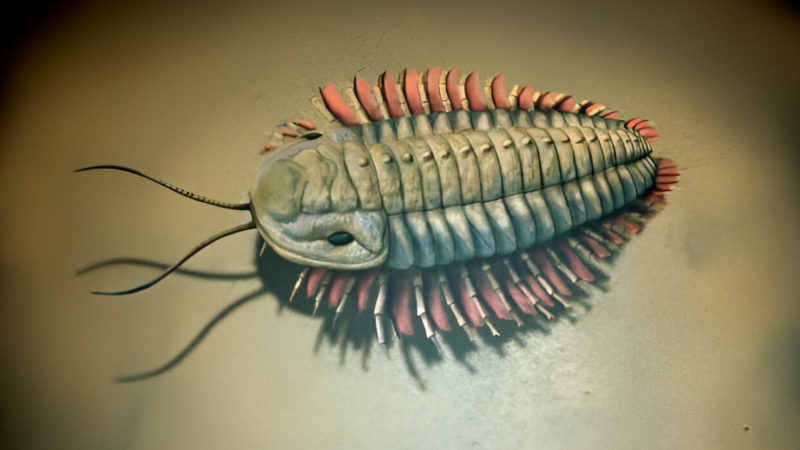

In order to eat, Matabele ants have to fight with their one and only food source: termites. These pre-meal encounters often lead to dangerous injuries from a termite’s fierce mandibles, which can pierce the ants with rapid blows. However, these ants have developed their own saliva-based system to treat their fellow ant’s injuries. New research has found that Matabele ants may even be able to tell if a wound is infected or not and then treat the infected wounds with the antibiotics produced in their saliva. The findings are described in a study published in the journal Nature Communications on December 29, 2023.
[Related: Ants’ brains are surprisingly good at communicating danger to others.]
A necessary and risky meal
Matabele ants are found in regions south of the Sahara desert in Africa. They can be close to one inch long and are one of the largest known ants on Earth. The termites that they rely on for sustenance often inflict life-threatening injuries on the ants. Up to 22 percent of ants can lose one or more of their legs during these encounters over the course of their foraging lives. Injured ants are even sometimes carried back to the nest by their fellow ants for recovery.
According to the team on this study, the main cause of death for the ants is an infection from the bacterium Pseudomonas aeruginosa (P. aeruginosa). The ants have been observed treating wounds with P. aeruginosa more frequently.
Mammals including dogs and bats have molecules in their saliva that potentially have healing properties and are known to lick wounds in an effort to possibly curb the growth of bacteria. The team believes that while other animals have an instinct to lick their wounds, they don’t actually know if they have an infection. However, Matabele ants may have a more discriminating brain and can tell if the wound requires treatment due to specific changes in the chemical profile of an infected wound versus an uninfected wound.
Studying the saliva
In the study, researchers analyzed the chemical composition of the Matabele ants’ saliva in a lab. For an infected wound, the insects are possibly applying saliva that has antimicrobial compounds and proteins. These antibiotics are taken from their metapleural gland, which is found on the side of their thorax. The secretion has 112 components and half of them are known to have antimicrobial or wound-healing effects. These molecules likely take a lot of energy to produce, so it is helpful for the ants to detect if P. aeruginosa and potentially other threatening bacteria that is common in the soils where Matabele ants live are present before they start to put in the work to produce these compounds.
When the team applied soil from these areas to wounded and infected Matabele ants, the bacterial loads increased in only two hours at both the wound site and the ants’ thoraxes. This suggested that the ants could recognize changes in the chemical profile of the wound.
[Related: Army ants could teach robots a thing or two.]
“Chemical analyses in cooperation with JMU [Julius-Maximilians-Universität] Professor Thomas Schmitt have shown that the hydrocarbon profile of the ant cuticle changes as a result of a wound infection,” Erik Frank, a study co-author and animal ecologist at Julius-Maximilians-Universität Würzburg in Germany said in a statement. “With the exception of humans, I know of no other living creature that can carry out such sophisticated medical wound treatments.”

To test this further, some of the infected ants were placed in isolation away from their nestmates. Among this group, 90 percent of them died within 36 hours. However, the mortality rate dropped to 22 percent among a group of wounded ants that returned to their colony instead of going to isolation. Ants that were injured but not infected had similar survival rates regardless of being alone or back with the colony.
The team found that the death rate of infected insects is reduced by about 90 percent after the saliva therapy was applied. They also found that the secretions were deposited significantly more often on the ants with infected wounds than on the insects with sterile wounds.
The researchers hope to explore more to learn just how unique the Matabele ants are in respect to their wound care behaviors. The study notes that P. aeruginosa is a leading cause of combat wounds in humans, and the team would like to further identify and analyze the antibiotics in Matabele ant saliva with other chemistry research groups. This could lead to the discovery of new antibiotics, as antibiotic resistance continues to grow.























